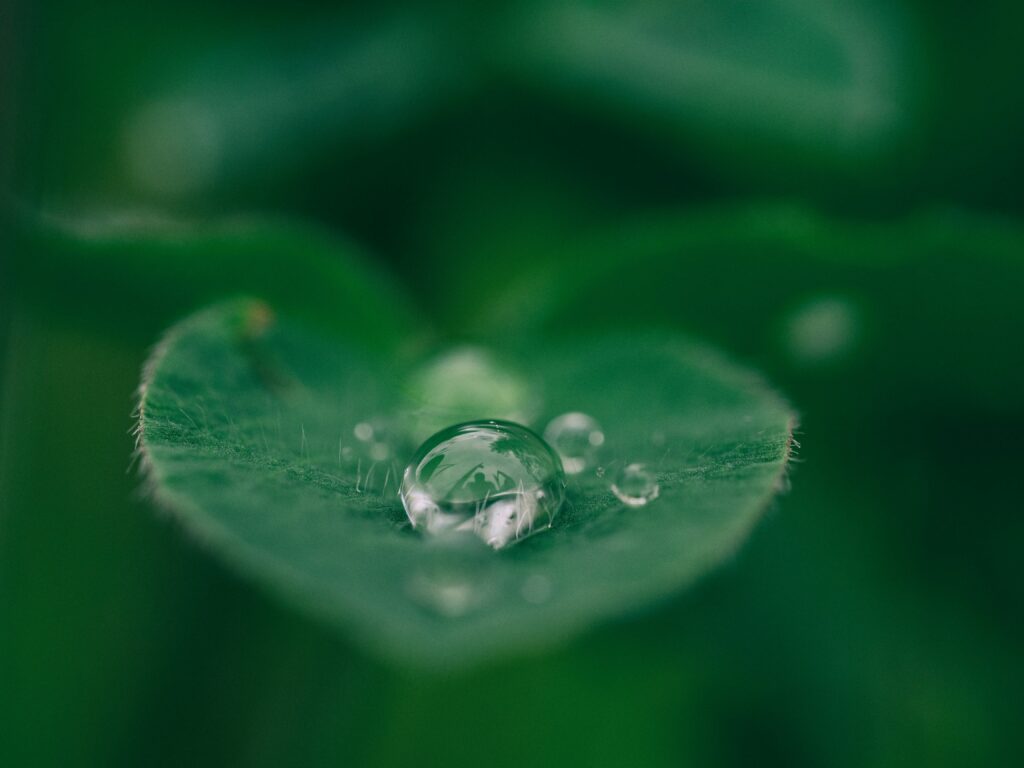
P&ID is immersed in many different sectors of the lithium and battery materials market such as lithium production, battery materials (both metal powders and liquid electrolytes), and recycling. Our hands-on experience keeps P&ID in the forefront of developments. I thought I’d share some of my predictions for the industry, drawing on my unique perspective of lithium and battery materials from working directly with clients, writing the Chemical Processing column, Barry on Batteries, and participating in conferences and making presentations.
Lithium and battery materials production trends
First, in 2024, I anticipate growth will continue in lithium production as the geothermal brine reservoirs continue to be developed. This shift helps lithium production move away from traditional mining to more environmentally-sound production processes. These brines have been used already for heating as well as bromine production. Now, there are developments recovering lithium from these brines. This is ongoing in Europe as well as in the U.S. in the Smackover Formation (Arkansas) and the Salton Sea (California).
We’ll also see continued attention to more sustainable and safer materials. For instance, current battery designs use lithium, cobalt, nickel, and manganese. Yet, lithium and iron phosphate (LFP) designs are growing. Zinc batteries and sodium batteries are also promising alternatives holding the potential to replace lithium-ion batteries in certain applications.
Let’s not forget battery binders and electrolytes. There are many alternatives for the liquid electrolytes in the market as well as for the binders holding all the components together. Polyvinylidene fluoride (PVDF) is the main separator material now, but major chemical players are on the lookout for more sustainable and safer materials.
Trends on the recycling side
In the recycling sector, we can see different approaches to shredding and crushing the batteries, drying and recovery of the black mass, and sorting and classification of the metals. Expect new plants to come onboard with the growth in battery production scrap and more small-format consumer batteries (e.g., from power tools), as well as end-of-life batteries either from state-of-charge or, unfortunately, from automotive crashes.
The breadth of recycling solutions for this sector will inevitably grow. At the same time, I expect a shake-out in the market as major chemical producers expand their offerings and start-up companies develop niche products.
Let’s continue this lithium and battery materials innovation and hope to see you at the International Battery Seminar & Exhibit, 12 – 15 March 2024 in Orlando, where I will be speaking about “Engineering Strategy for Design and Scale-Up of a Recycling Process .” Contact me and we can plan for a meeting.

